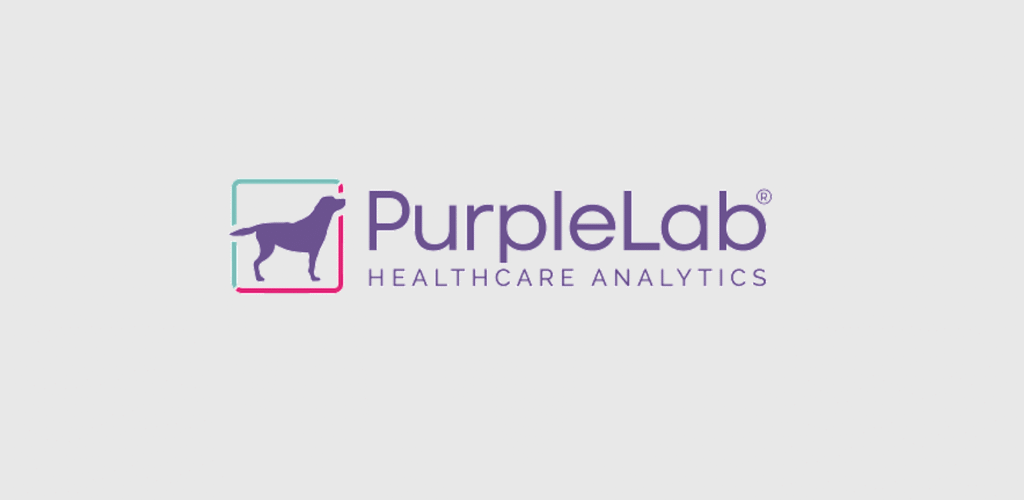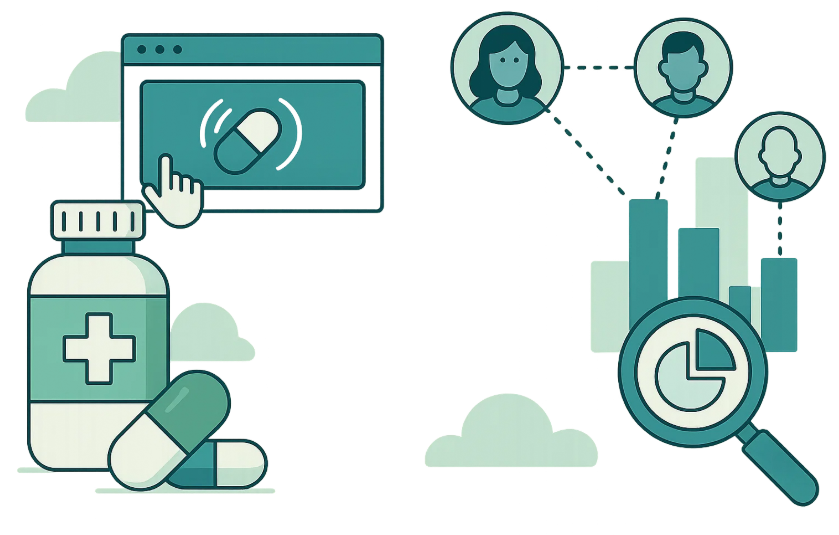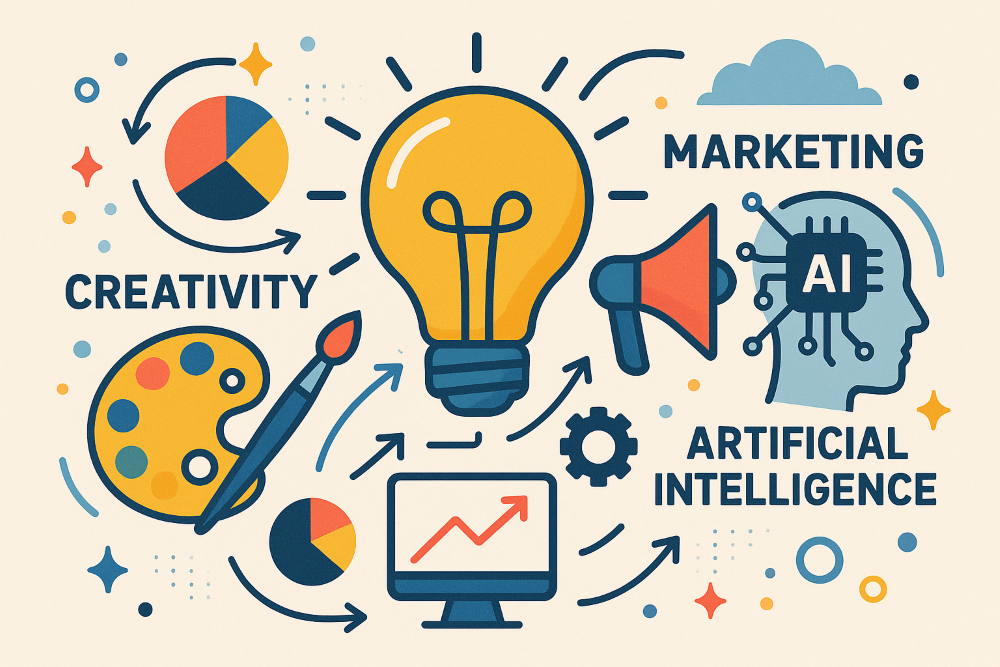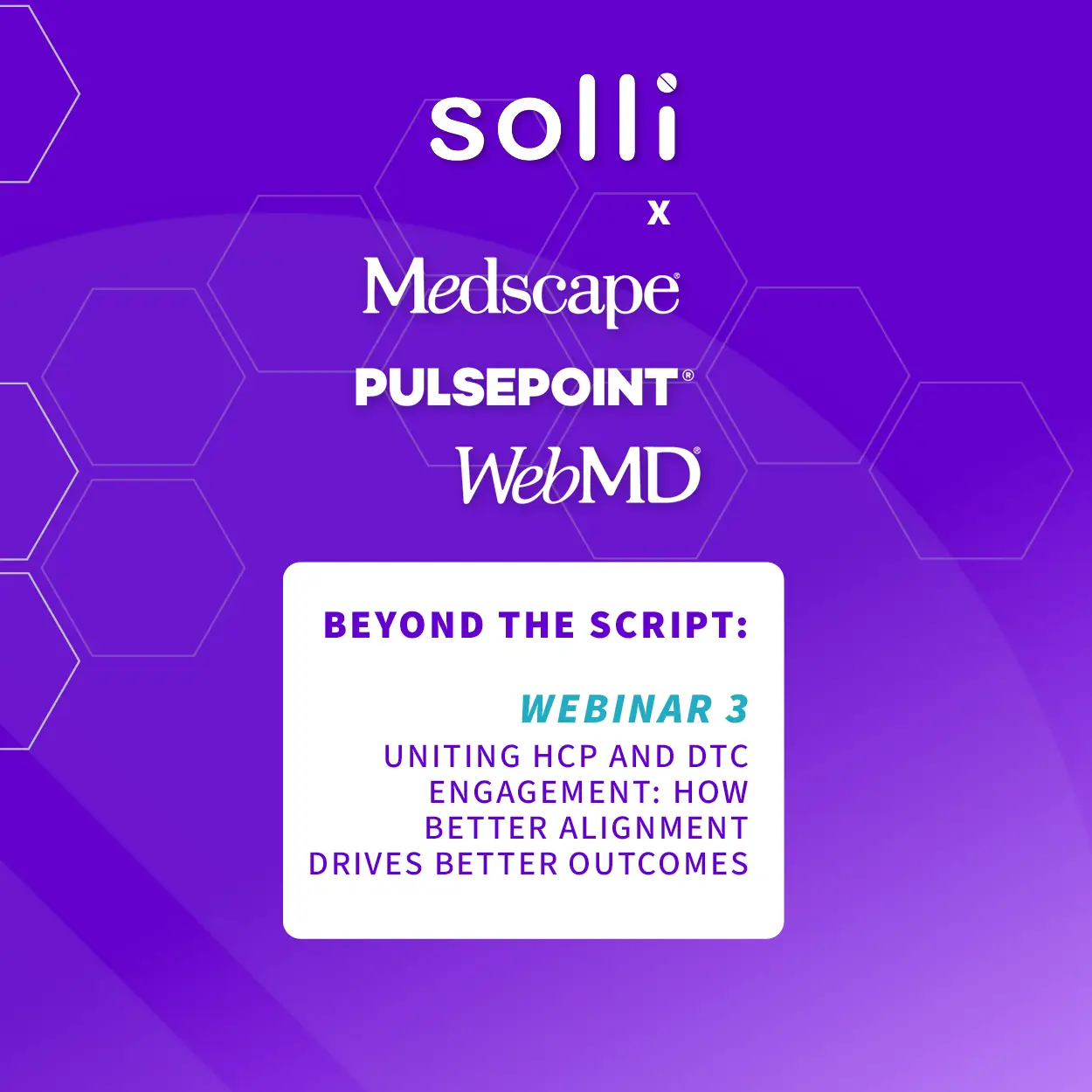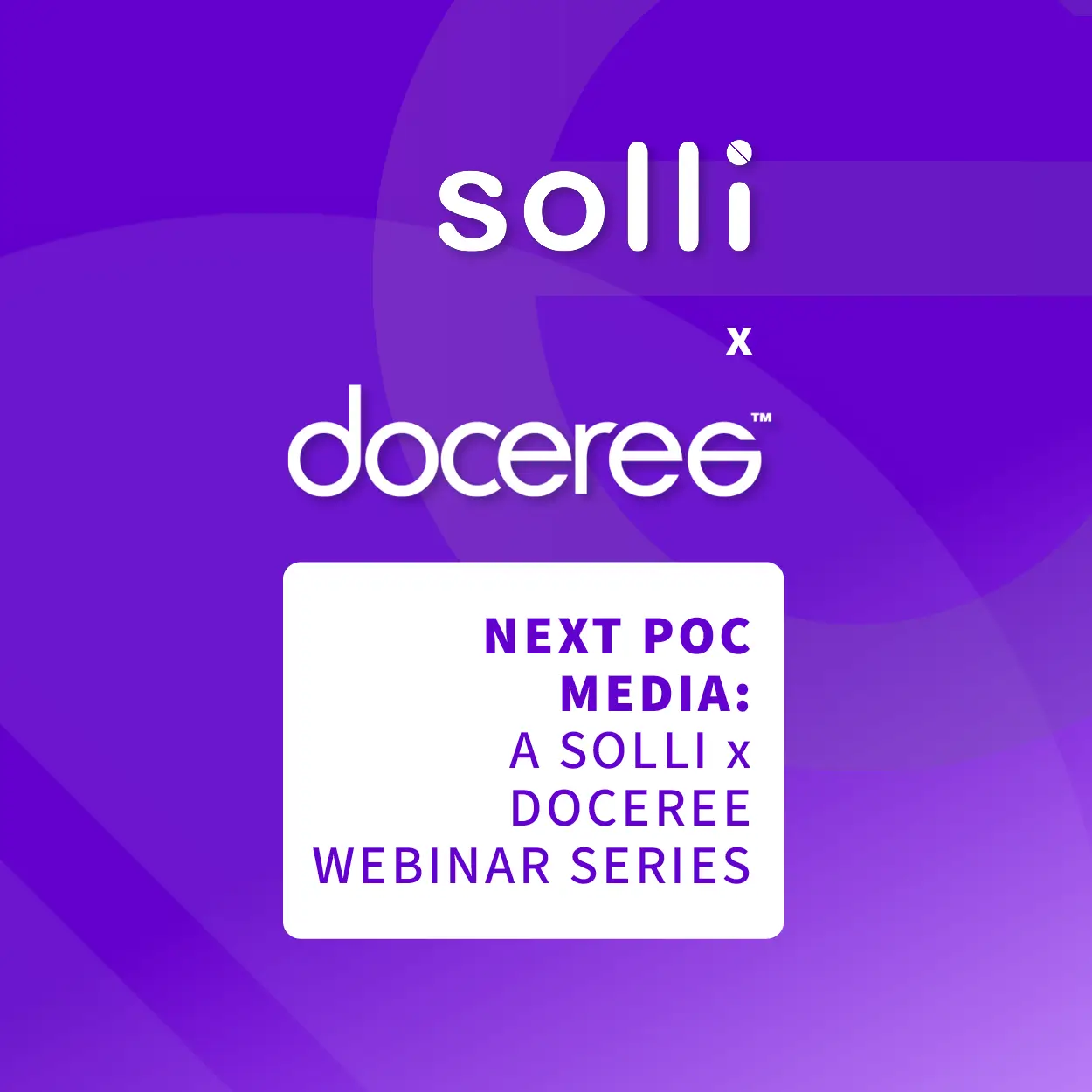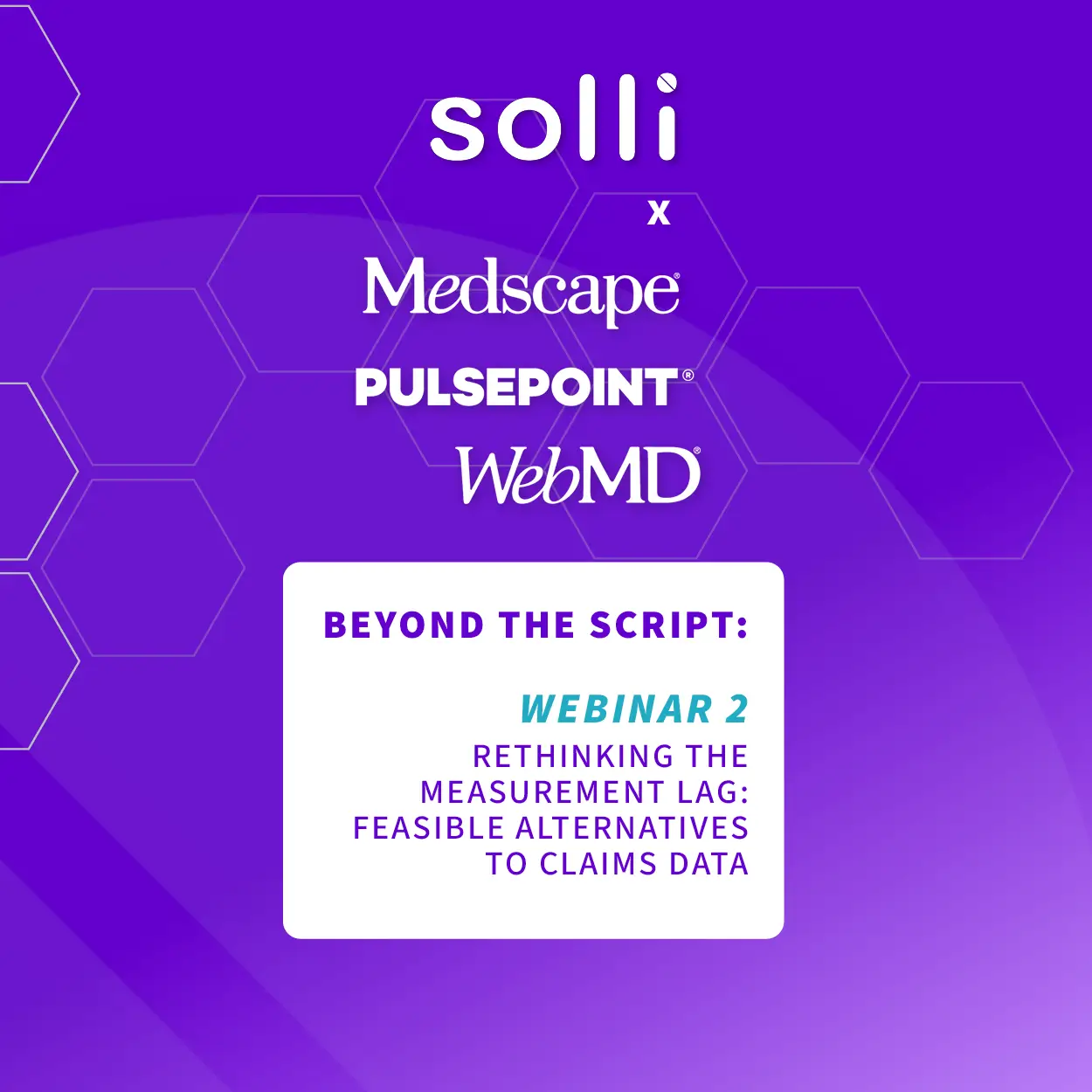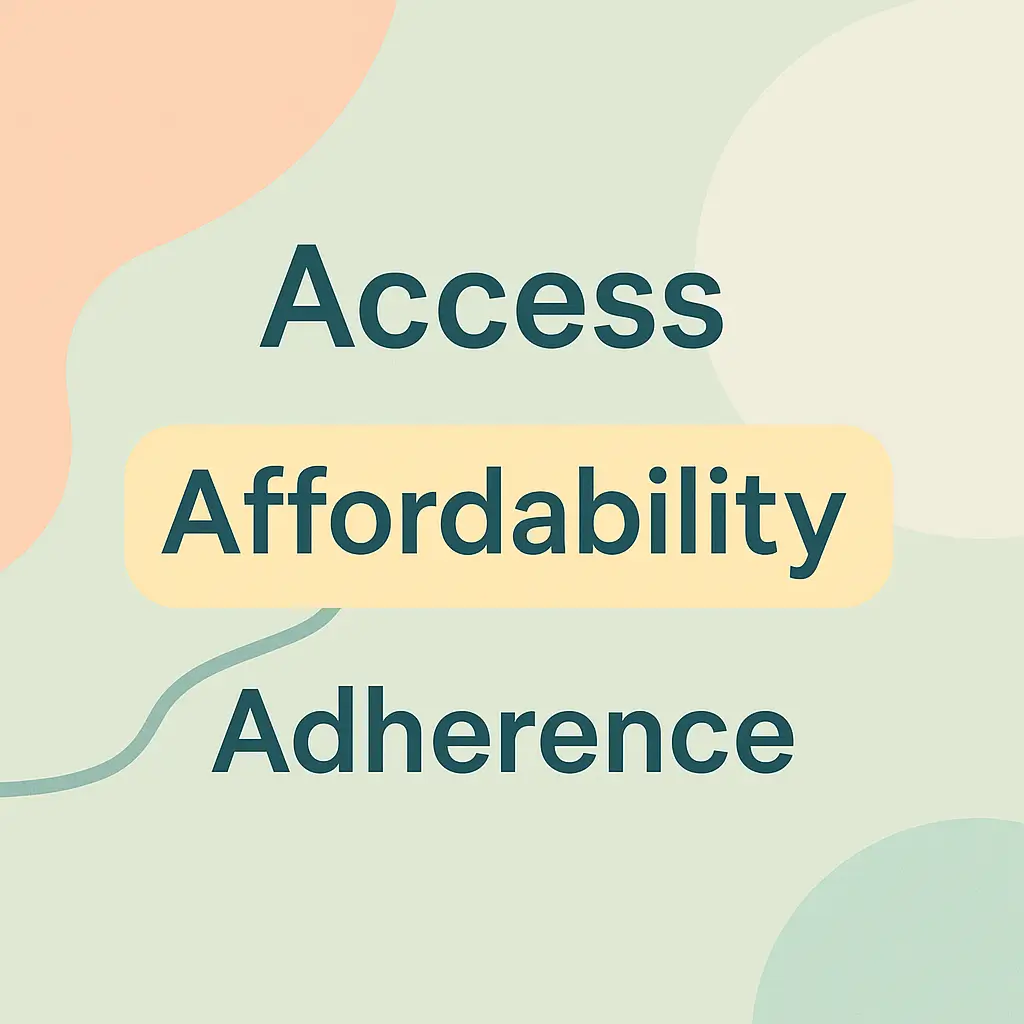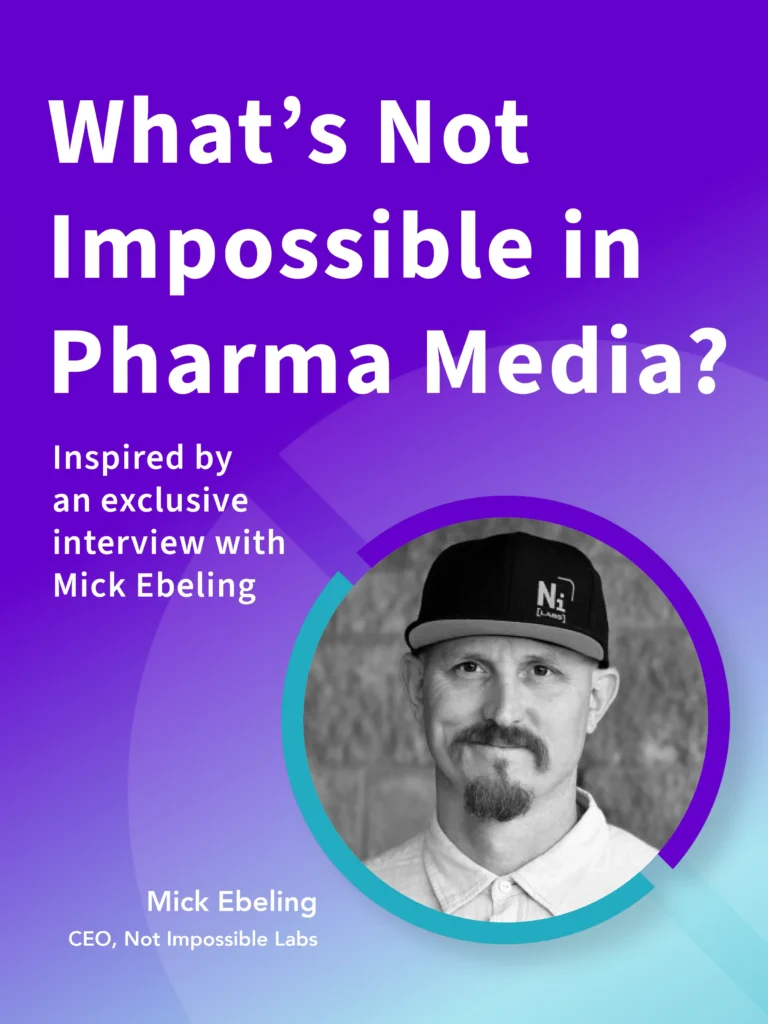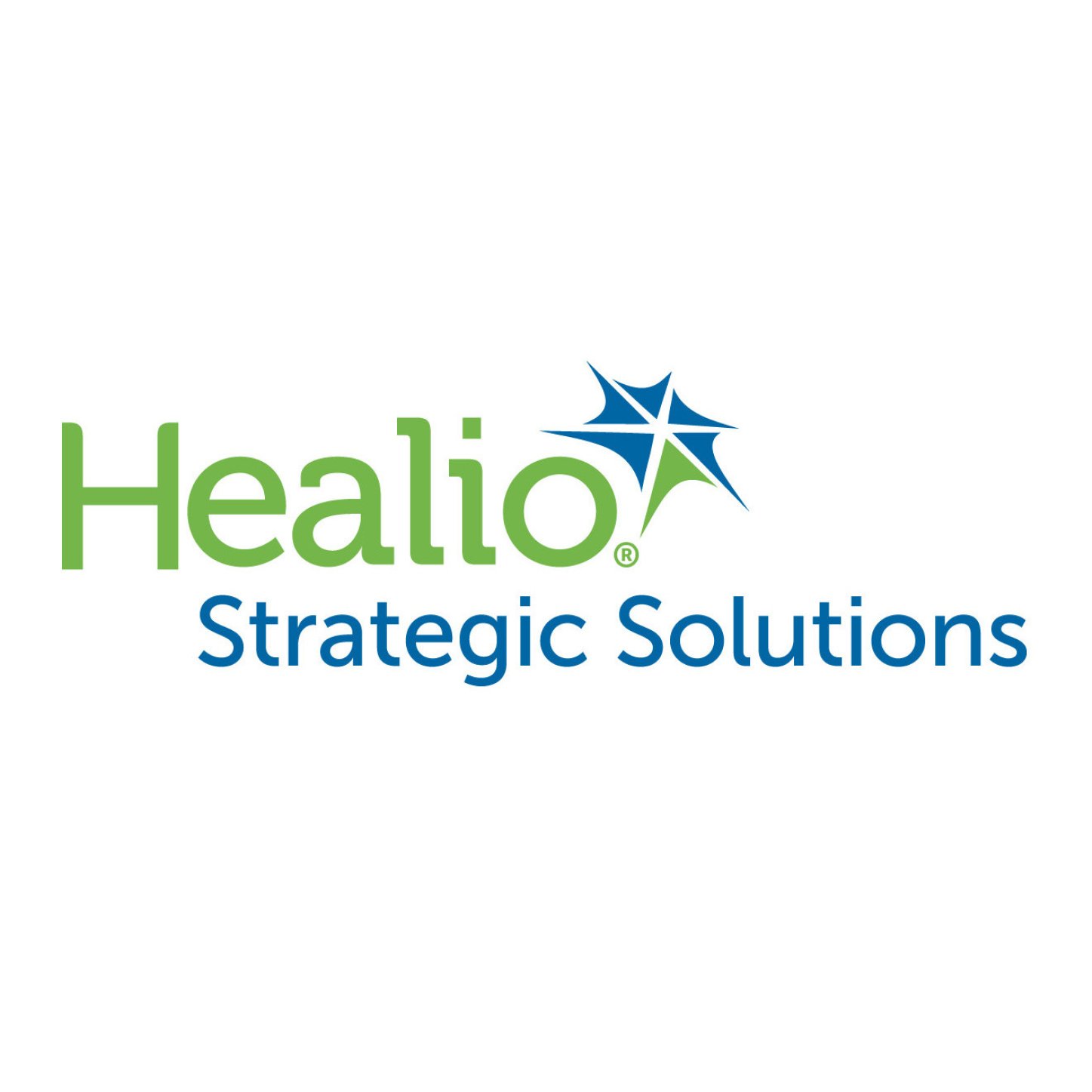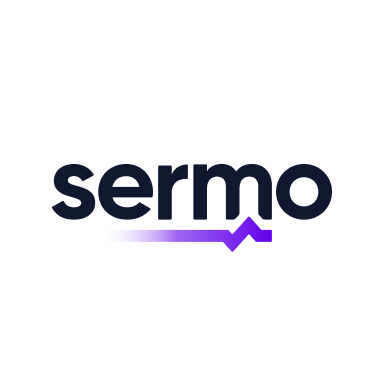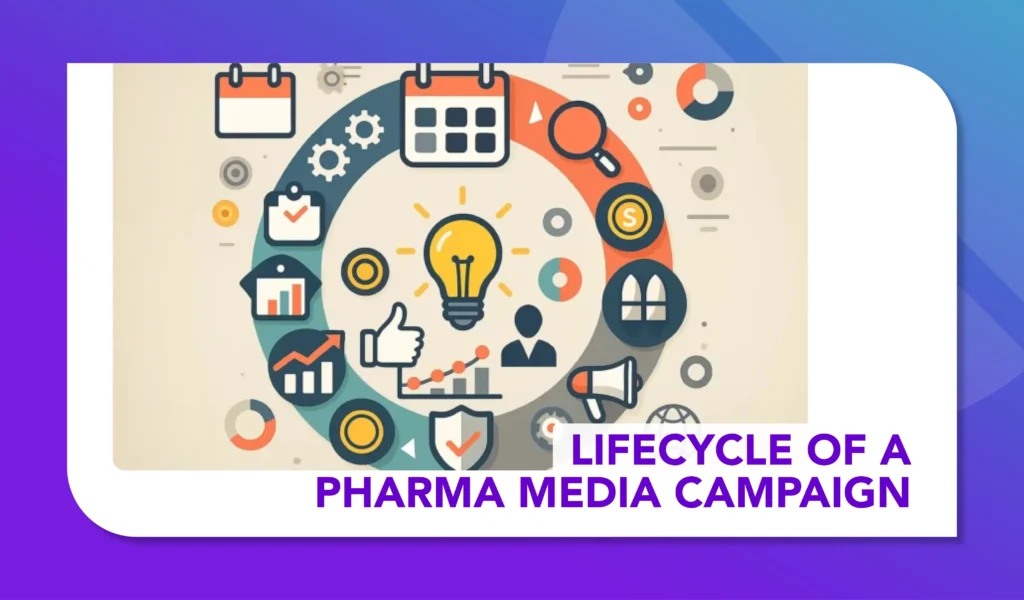Microsoft’s Bold Move on Carbon-Free Energy
Can this Inspire the Global Pharma Media Industry to Take Action?

Microsoft will require key suppliers to use 100% carbon-free energy by 2030, addressing its rising emissions, especially from AI infrastructure and supply chain operations. Chief Sustainability Officer Melanie Nakagawa announced that starting in 2025, select high-volume suppliers must transition to carbon-free electricity as part of an updated Supplier Code of Conduct.
Microsoft’s vast influence means this directive could drive significant industry-wide changes towards decarbonization. As the company aims to become carbon negative by 2030, it grapples with Scope 3 emissions, which comprise over 96% of its total emissions.
The move includes partnerships with climate solutions advisers like 3Degrees to launch Supplier REach, a renewable electricity portal aiding suppliers in sourcing high-quality carbon-free energy. Analysts suggest this could ultimately give Microsoft a competitive edge by aligning with customers’ sustainability goals.
Can This Inspire Global Pharma Media?
Increasingly, pharmaceutical companies and their agency partners are elevating sustainability in their decision-making processes, using it as a critical metric in media decisions. Kristofer Doerfler wrote a brilliant article titled “The Role Media Can Play in Climate Justice.” However, with billions spent on media annually within this industry, is the sector going far enough?
Like Microsoft, the largest pharma companies and agencies could draw a line in the sand with their media partners, mandating that key suppliers demonstrate tangible decarbonization goals and achievements. Strong decarbonization efforts in the global pharma media industry are crucial for all parties, the industry as a whole, and the global community.
Given the scale of investment within this industry, there is both a responsibility and an opportunity to drive meaningful change. For such initiatives to be successful throughout the ecosystem, from client to audience activation, they need to be backed by commercially focused ‘nudges’ (read: incentives/disincentives).
Pharma companies and agencies will need to work exceptionally closely with publishers and tech companies as the drivers of change. Three key areas that must be put in place between these organizations to make significant strides are providing specific expectations, maintaining an open dialogue, and giving sufficient lead time to support partners in achieving these objectives.
Ultimately, they must be strong enough to stand by their set targets and act accordingly, even if it results in short-term detriments for the brands.
Two Final Thoughts from Solli
- Is there enough understanding of the current situation to start a conversation around sustainability progress, and if not, how does the industry address this?
- Are global pharmaceutical media industry benchmarks possible, or will it be up to individual organizations to push forward?
This topic was originally reported in the WSJ here.

